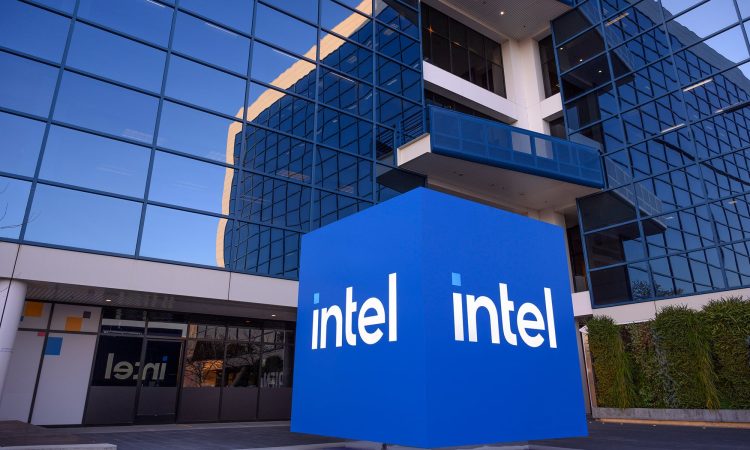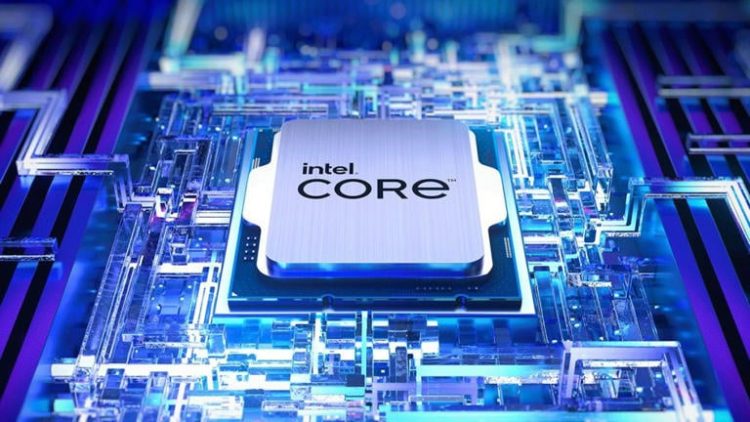Intel has been a technology pioneer and a leader for many years, especially in the processors segment. However, after the recent events regarding the 13th and 14th Gen lines of processors, things for the tech giant have become challenging. How Team Blue would deal with them remains cloudy, but some interesting and fundamental (not always for the better) changes are already on the horizon. But let’s analyze how and what brought Intel to face one of the biggest crises in its whole history. And history is still being written.
A Brief Timeline (2022-2024)
2022: Intel’s 13th Gen line of processors was unveiled to the public.
2022: The 13th Gen processors are launched.
2022: The processors received mixed reviews. Although the reviewers noted a leap in performance, the power consumption and cooling were points of concern.
2023: The 14th Gen line of processors was unveiled to the public.
2023: The 14th Gen processors are launched.
2023: As expected, the newer processors were just a refresh of the Raptor Lake line, and reviews had the same concerns as for the 13th-generation ones.
2023: The first posts referring to issues mainly with high-end 13th and 14th Gen processors went public.
2023: Games like Tekken 8 were reported to crash with Intel’s processors.
2023: Nvidia stated that users should refer to Intel regarding the reported issues.
2023: Intel stated that it would investigate the reported issues.
2024: Intel officially blames motherboard vendors for not following its official guidelines.
2024: The first BIOS updates started rolling out but didn’t seem to be the solution.
2024: The first claims of the tech community, even for CPU degradation, were starting to spread.
2024: Intel struggles to offer a solution to the reported problems.
2024: More issues were brought to light, and even back in 2023, Intel knew about problems with its chips in the server segment and oxidation.
2024: Team Blue has to deal with many problems, including financial ones.
2024: Intel states that a BIOS update addressing the core problem with its chips will be released shortly.
2024: The history is still written.
My findings
I’d like to thank my customer, Marios, for providing me with the samples. Two affected 14900K and one new 14900K (RMA of the ones he provided to me). All are tested on my MSI MAG Z790 Tomahawk WiFi mainboard (with and without the latest updates) paired with an Nvidia GeForce 4070Ti (Zotac), Corsair LPX DDR5 64GB (2×32) 6000MHz (EXPO/XMP), Corsair H170i Elite AIO Cooler, and a Corsair RM1000X Shift PSU, Windows 11 (fresh install). In any case, someone wonders about the rest of the of the main components of the Test System. So, my findings might be in line or not with those of other tech reviewers that I am not aware of.
The two affected processors showed these signs of behavior:
- Nvidia GPU drivers couldn’t be installed on the system, resulting in BSODs.
- The system crashed on XMP profiles. Even without XMP profiles, the stability was challenging.
- The power consumption and cooling were daunting, as expected. I should mention that my customer didn’t notice any stability issues before the BIOS updates. The stability issues were notable after a while, and the BIOS updates had already been applied. Keep that in mind.
- I noticed unexpected behavior (VID requests, VDROOP, 1.6V, etc.) at least reported by HWInfo64.
- On Cinebench R23 (multi), the system crashed.
- Gaming wasn’t a realistic scenario when my dedicated graphics card was out of the equation.
- Strangely enough, things were a bit better when I enabled the iGPU of the processors (Hybrid).
- The chips behaved better without hyper-threading enabled.
- The chips behaved better with only one RAM module.
- None of the BIOS updates drastically affected the defective chips.
I got one chip to run quite stable by disabling XMP, hyper-threading, applying the then-latest BIOS update, and CPU enhancements. The chip was quite stable but wasn’t a 14900K anymore. I haven’t invented the wheel with my findings, but I had to report anything that I noticed that was worth mentioning. For the second chip, I didn’t have the chance to check if the same “rules” would have saved it because it was RMAed earlier than the other (well-regarded stores also have their advantages). All the things I mentioned are what I noticed in my system. Some minor or even major (?) differences might apply to other systems. On the “healthy” chip, I didn’t notice anything that wasn’t covered extensively in well-regarded reviews, with or without the BIOS updates.
What I believe
As I already stated in my previous articles, I am not fond of the “degradation,” not because it wasn’t applied, but rather because it was the result, not the core of the problem. The same reason that the power limits were a “better be safe than sorry” precaution than the solution. And to be honest, I don’t know what the newer microcode update will bring, but I don’t have high hopes. After my hands-on experience with the 14900K chips and my own 13700K, I have to stress that in my scrapbook, a design flaw (or flawed by design) is the appropriate term that resulted in defective, unstable chips, and to be applied, a combination of other factors might take effect (degrade should have been normal after an ordinary timeline if they were properly designed, not at such high rates and levels so soon).
The chips were too pushed to handle properly the increased needs, and after a while (and some nasty voltages later), they just couldn’t. Because you can’t make a 13600K into a 14900K only by increasing its power consumption. And increased power consumption combined with poor cooling performance is always bad news. I believe that Intel was aware of the risks and was warned by its engineers but chose to ignore them. Because at the time, Intel believed that it was better to take the risk than complete R&D (AMD was challenging too hard, too). And maybe, the tech colossus, couldn’t calculate how soon the issues might come. Because after five long years, no one would have complained. Everything would degrade and fail eventually. And how the tech giant handles the whole situation tends to prove my theory, except that it is unacceptable, to say the least.
So, is Intel the worst company that ever existed?
Apparently, no. At the end of the day, Intel is just a company. A company that has bills and employees to pay and wants the largest profit it can make. And this is where all are challenging. The worst-case scenario has already been applied with layoffs, and as always, there is a rule for failure like this: someone has to be blamed. Who will be the one? I don’t know, but he/she/it will be held responsible for everything. Even if it wasn’t the actual one to blame. In situations like these, there is a group of people who should be blamed, but as always, they won’t (and you know who they are).
AMD is now on top, and we shall see how it will handle this chance. But there is something more to be afraid of. Intel seems to turn to TSMC steadily. TSMC already supports all the strong players in the field. If Intel turns exclusively to TSMC, that will add even more power to TSMC’s almost monopoly. And so much power is never good news, following layoff tactics.
Should Intel recall its processors?
Technically and legally speaking (if I am not completely wrong), Intel is not obligated to recall its products. A recall is essential when something is considered or might be potentially dangerous for human lives and properties. Intel’s chips are only failing; they don’t threaten any life. So, Intel doesn’t have to follow this method and seems unwilling to, either. Team Blue will keep following the same practice that has been followed until now, with RMA and updates. Because that has proved to be the best for the company (I should stress that RMAing a defective chip with one that would become defective is not a solution either, but… Should I add that technically, after the latest updates, performance is not what it was promised?).
What might have been the best option?
An option might have been to replace the RMAed (if not all the chips) with newer, redesigned from the ground-up ones that won’t suffer from these flaws. Or at least make a tempting offer for someone to replace the chips with newer ones (an exclusive high discount?). This might be the best option, but it sounds too far from reality. But who knows?
Does this situation teach us something?
Apparently, it is. Fanboyism is wrong, and even the strongest might fall. Sometimes, it takes only one simple mistake to see the world upside-down. Intel is still a large corporation and is far from dead yet. It takes better management of the current situation and a very good product to be on top again. But at the end of the day, only Intel knows how. We can only hope for the best.




Ho boy ho boy, you know it’s bad when the CEO is praying in a tweet….
<>
(https://x.com/PGelsinger/status/1820129317122080977)
And the big Intel investor Luke Lee totally blast him in another tweet…
<>
(https://x.com/Real_lukelee/status/1820204507764236764)
I can’t really imagine how high this will go…